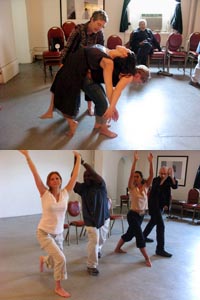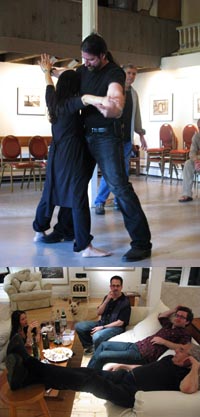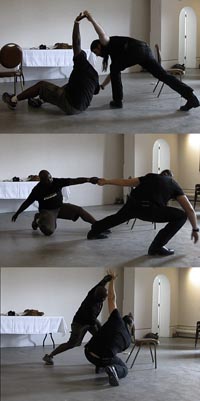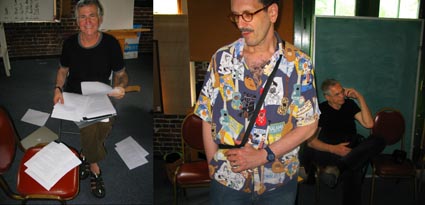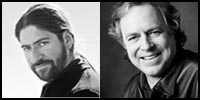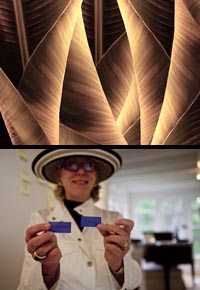
Karen Daspit lives in Hawaii. This is Karen’s 3rd workshop with me. She’s been photographing, sketching, and writing all week. Like most participants she had serious doubts about how relevant free associating with words could be for her photography. But she trusted me and the process and gave it a go. In less than an hour she had new ideas for 6 new bodies of work that were all relevant to her current vision. It’s thrilling to see people make these kinds of breakthroughs and see how enthusiastic they become. Then again, Karen’s always enthusiastic. I think there’s a connection between her positive attitude and the results she’s been getting in her photography. Her work is currently featured in the 2nd Annual Photography Masters Cup Yearbook.
“I have recently spent five days in Maine attending John Paul Caponigro’s workshop “Illuminating Creativity”. It should be noted that workshops, in general, are something I have only discovered over the last 10 years of my life. A workshop of any kind is a great way to take a vacation from the “usual”, and meet other people who share a common interest. There are many dimensions to workshops. The worst case scenario is that you become exposed to a new environment, learn something new, and go home somewhat rested.
How do you teach people from varied backgrounds to be illuminated, or, to discover and use their creativity? JP, has a long tenure as an artist, instructor and writer. He is a VERY creative person. More than this, he has developed through extensive study, a set of organizational and expressive skills that work in his own realm. He is also very capable of sharing this set of skills with his students. This talent, although simple to explain, takes much more skill to share. And this he has done, for me, and to me, over the last 5 days.
When you follow JP’s writings on his web site, it becomes apparent that he advocates certain methodologies. Readers are exposed to a variety of articles. There is espousal of palate selection, creation of an adherent body of work, and tips on how to evaluate your work for inclusion in a particular body of work. This is all above and beyond the technical attainment of Photoshop skills, which we all strive for.
Creating a “body of work” has become a cumbersome task for me. I have struggled long and hard to create my first BOW. I am now approaching the next step, of creating a second BOW. I have been again undaunted by the scope of the task. This workshop has made that task seem approachable for me, and I will attempt to tell you why.
One of JP’s exercises stands out for me. He requested that we all define our work in one word. With a second step of “free association” we all wrote down words that came to mind that reminded us of the said single word. I had a page full of words that made no real since to anyone but me. Then, he had us categorize these words. You would have to attend the workshop to find out how he spurred us on, and articulated the task. Basically, we wound up at the end of the afternoon with the ability to SEE and READ things that were of importance to us personally. We were able to borrow other people’s words and combine them into meaningful phrases. The synergy of the group contributed to our individual insight into what it was we might be interested into exploring further in our own work.
The net result is that I have ideas for new bodies of work. New words like deterioration and origin are now incorporated into my own perception of the work I do. I want to rush out and photograph dead leaves, beautifully decaying vegetables and rusted vehicles. This is truly thrilling for me. I have been illuminated creatively.
The workshop is much more than this single exercise. We have been exposed to a variety of creative tools that we can all use to better discover our roadmaps. Tools to better understand our processes, make them more efficient, and better articulate our inner desires have been presented. Mostly, JP stood strong on the platform of his experiential discoveries and shared them selflessly with all of us. What more can we ask?
One of the descriptors that we came up with was “transformative indulgence”. That about sums up what this week was for me.”
See Karen’s Flickr gallery here.
Find out about the workshop here. Get Priority Status for the next Illuminating Creativity workshop with absolutely no risk here. Just click “I’d Like Priority Status!”.
Find out about upcoming events here.




